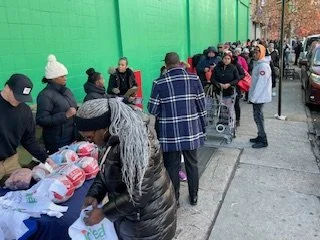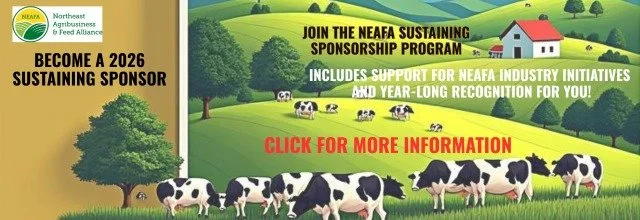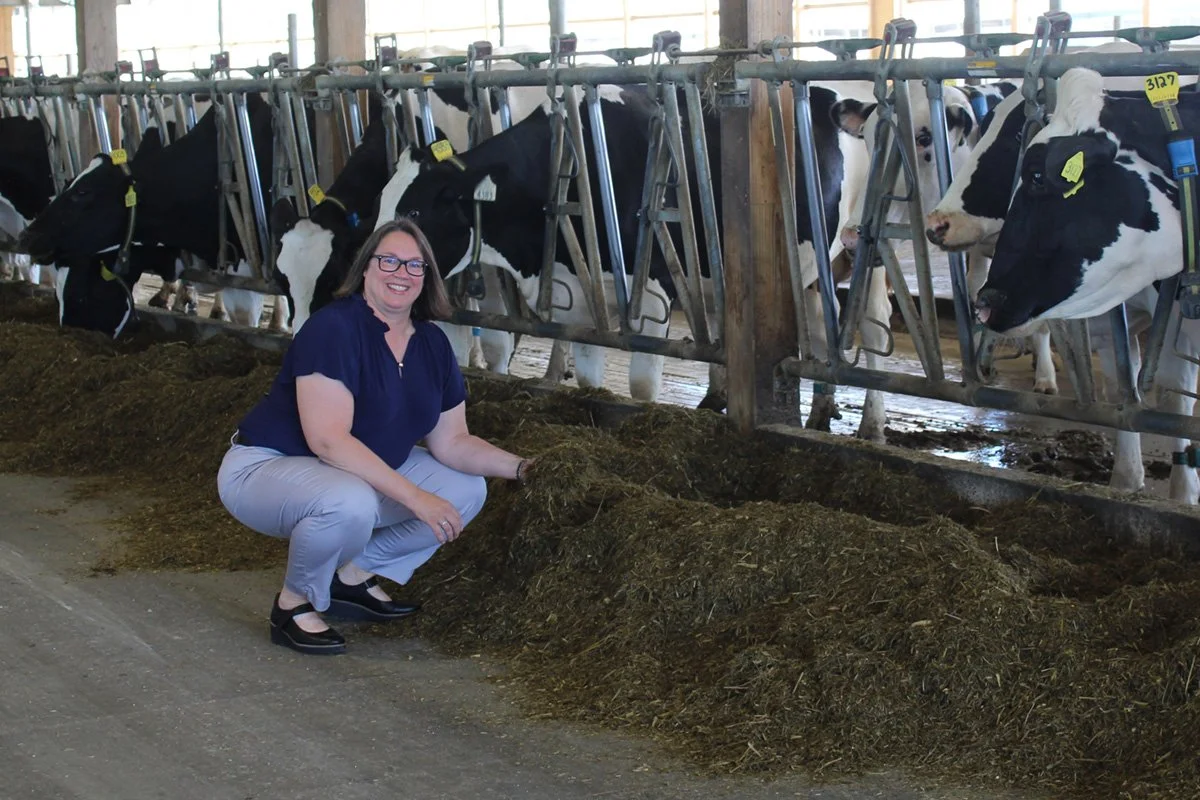Courtesy Shouldice & Associates LLC
The Vermont General Assembly will convene on January 6, 2026, for the final session of the biennium, with adjournment anticipated in late May. This session will be conducted under significant political and fiscal pressure, as lawmakers seek durable policy outcomes ahead of the upcoming elections. Key areas of focus include:
· Housing affordability
· Public safety
· Education finance and governance
· Healthcare costs
· Budget constraints
Negotiations with Governor Scott (R), and across party lines, will be essential to achieving substantive, bipartisan results.
Fiscal Outlook
Vermont’s fiscal position is stable but fragile, with tourism and transportation revenues under strain.
· Overall revenues: -1.1% (≈ $14M).
· GF: -0.6%, EF: -0.8%, TF: -4.8%.
· Education Fund (EF): On target (-0.1%).
· Transportation Fund (TF): Lagging (-2.3%).
Key Drivers:
· Personal Income Tax: Strong (+3.0%), supported by asset valuations.
· Corporate Tax: Weak (-2.8%) due to refunding pressures.
· Meals & Rooms Tax: Below target (-2.3% GF; -4.5% EF), impacted by reduced discretionary spending and Canadian tourism decline.
· Motor Vehicle Purchase & Use: Down (-4.9%) from tariffs and pre-tariff demand shifts.
Vermont-Specific Indicators
· Unemployment: 2.5% (August 2025), among the lowest nationally.
· Housing Market: Burlington metro prices up 99% since prior peak; rural areas up 79%, but growth flattening outside metro areas.
· Property Taxes: Projected 12% increase in 2026 unless legislative action is taken. Education property taxes have risen 41% over five years.
· Agriculture as a Stabilizer: Agriculture continues to provide strong economic returns relative to cost, reinforcing its role as a critical driver of Vermont’s economy.
Agriculture and Land Use
Agriculture remains central to Vermont’s economy, contributing $1 billion annually with a relatively low taxpayer burden. Policy debates are expected to center on balancing farm viability with environmental accountability:
· Dairy Stabilization: Measures to address volatility in milk prices and rising input costs.
· Act 250 Adjustments: Potential revisions to agricultural land-use oversight.
· Right to Farm Protections: Act 61 (2025) strengthened protections against nuisance lawsuits; lawmakers will revisit how these interact with municipal zoning and Act 250 following a Vermont Supreme Court ruling.
· Diversification and Expansion: Legal uncertainty may reshape farm infrastructure development and diversification strategies.
Environmental Stewardship
Environmental policy will be a major theme, with emphasis on agriculture’s impact on water quality and climate resilience:
· Pollution Control: Enforcement of new laws addressing water pollution, PFAS (“forever chemicals”), and farm runoff.
· Agricultural Innovation Board: Continued push for reduced pesticide use and improved soil health.
· Climate Resilience: Expanded disaster recovery programs and infrastructure support for farms affected by floods, droughts, and extreme weather.













